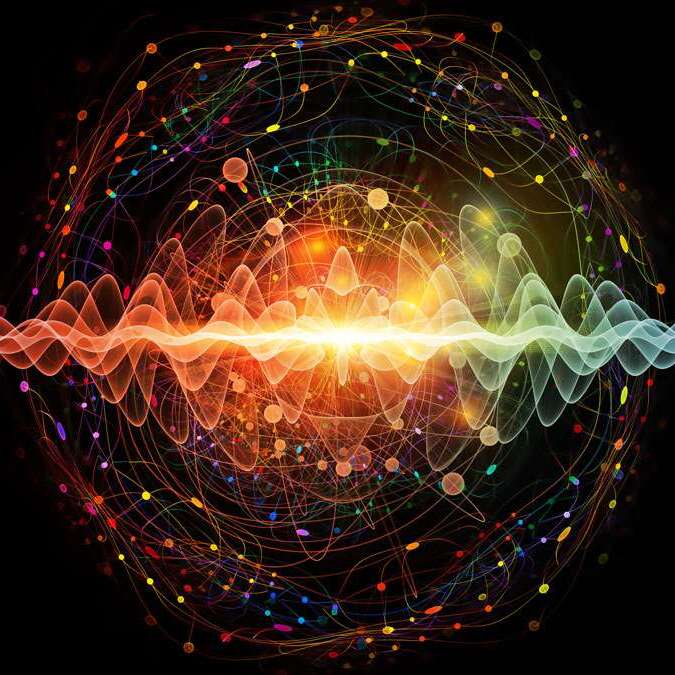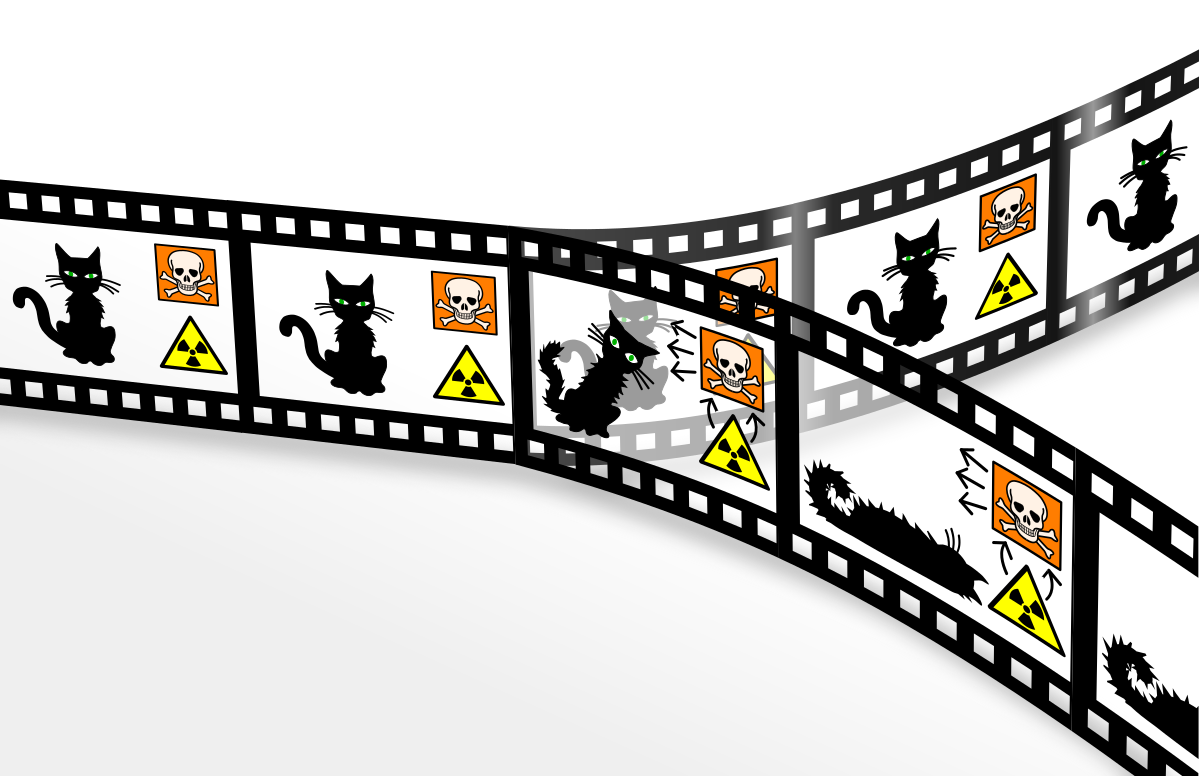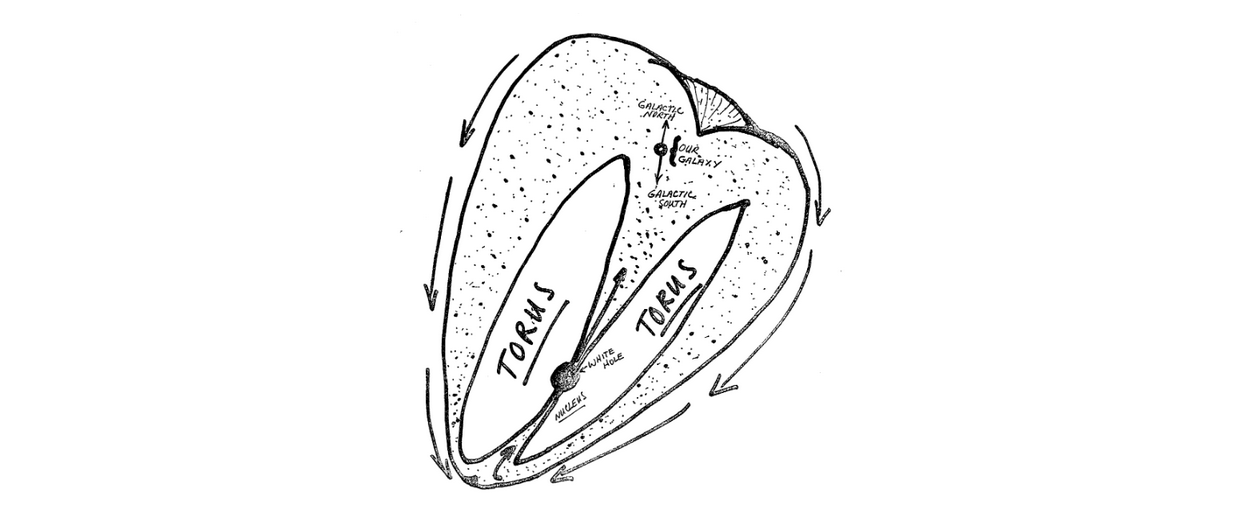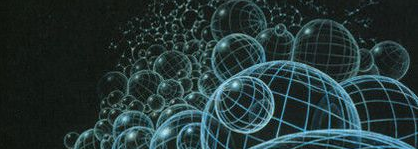

Multiworld Simulation

Lately I've been independently studying quantum computing. I think it's interesting how subatomic particles interact while we're not looking. Something I found to be really cool was back in 2016 when China launched the world's first quantum communication satellites. Although I didn't become interested in it until much later, by the time I started studying it I became heavily invested.
Over the course of studying, the idea of superposition got me into something called multi-world theory (better known as the Many-Worlds Interpretation of Quantum Mechanics), which is the idea that there are many worlds which exist in parallel at the same space and time as our own. Although at face value it appears to be an outrageous theory, it's heavily based off the inner-workings of quantum machanics and the desire to make quantum mechanics deterministic. The theory was coined by Hugh Everett III in his 1957 thesis at Princeton University.

First, let's consider the nature of a qubit passed into superposition. Suppose there exists a particular but arbitrary qubit \(a\) such that \(a = \ket{0}\) which can be represented as the matrix \(\begin{pmatrix}1\\0\end{pmatrix}\). We will then take this qubit and pass it through a Hadamard gate, which is the Unitary gate used to pass a qubit in a classical state into superposition. This gate can be represented as the matrix \(H = \frac{1}{\sqrt{2}} \begin{pmatrix} 1&&1 \\ 1&&-1 \end{pmatrix}\). We can then take our qubit \(a\) and mutliply it by the Hadamard matrix to return the new state of our qubit.
$$ a' = H(a) = \frac{1}{\sqrt{2}} \begin{pmatrix} 1 && 1 \\ 1 && -1 \end{pmatrix} \begin{pmatrix} 1 \\ 0 \end{pmatrix} = \frac{1}{\sqrt{2}} \begin{pmatrix} 1 \\ 1 \end{pmatrix} $$
Upon measuring our qubit out, we should be left with a 50-50 probability of measuring a \(\ket{0}\) or measuring a \(\ket{1}\). We can measure these probabilities by passing them through the corresponding measurement gates.
$$ p(m) = \braket{ {\psi} | {M^{\dagger}_m}{M_m} | {\psi} } $$ p
$$ p(\ket{0}) = \braket{ {a'} | {M^{\dagger}_0}{M_0} | {a'} } = \begin{pmatrix} \frac{1}{\sqrt{2}} \\ 0 \end{pmatrix} \begin{pmatrix} \frac{1}{\sqrt{2}} && 0 \end{pmatrix} = \begin{pmatrix} \frac{1}{2} && 0 \\ 0 && 0 \end{pmatrix} = \frac{1}{2} $$
$$ p(\ket{1}) = \braket{ {a'} | {M^{\dagger}_1}{M_1} | {a'} } = \begin{pmatrix} 0 \\ \frac{1}{\sqrt{2}} \end{pmatrix} \begin{pmatrix} 0 && \frac{1}{\sqrt{2}} \end{pmatrix} = \begin{pmatrix} 0 && 0 \\ 0 && \frac{1}{2} \end{pmatrix} = \frac{1}{2} $$
What we see here from these results is that there is a fifty-percent chance of measuring out \(0\) as a classical bit and a fifty percent chance of measuring \(1\) as a classical bit, which essentially means that by the laws of nature, we've created a TRNG (true random number generator) via a nondeterministic turing machine; however, Einstein was a firm believer that the laws of physics were entirely deterministic. This leaves us with two viable options:
1. The entropy of the universe has created a system such that the activity of qubits are not practically predictable because so many moving parts are in motion.
2. Given that the qubit was in superposition, upon measuring the subatomic particle, the system around it became entangled with the particle.
The first option appears to be more grounded in reality, suggesting that some unknown properties are affecting the output of the qubit; however, it fails to then explain the properties of entanglement and other aspects of quantum mechanics, which leads some physicists to believe the second option. This leads us to the Many-Worlds Theory.
On it's own, I'm somewhat hesitant to believe this theory; however, a document I read took me further down the rabbit hole into a maddening theory I like to call Multiworld Simulation Theory.

As I said before, on it's own it sounds mad, but a myriad of factors led to me believing that this is what made up my metaphysical reality. It wasn't until I came across a CIA document on their official website that I became intriued with the idea of living in a simulation. The document is called Analysis and Assessment of Gateway Process and was directed to the Commander of the US Army Intelligence and Security Command at Fort Meade back in June of 1983. Since the document is older than twenty years old, the government released it, but with one page missing.
Many believe that the page was intentionally removed from the document due to its contents; however, the claim is that the page was never received to be processed and released to the public (despite being alluded to in the paper).
The Analysis and Assessment of Gateway Process document suggests that we're energy holograms inside of a simulation. Coming from the CIA's official website, this is pretty damning, and it proposes a lot of interesting questions.
Neil deGrasse Tyson once said that to believe in simulation theory, we have to first accept two postulates. The first is that we are going to eventually develop technology capable of such simulations. Secondly, we must eventually have the desire to perfrom ancestor simulations. Although Neil himself is not a firm believer in this theory, I am, and I'm not alone. Elon Musk has said that the odds that we are in base reality are one in a billion. So what is base reality? Why might their be multiple realities?
It makes sense to me that if we were in a simulation, it would make sense to run all instances of that simulation simultaneously. But how could such a technology be developed?
It's my personal belief that we're eventually going to develop the technology necessary to operate an infinite number of simulations simulataneously. I think it's likely that we don't exist in base reality and that actions we make are simply separate from the realities in which we don't make those actions.
This belief denies the idea of free will and suggests that choices are simply derivative of subatomic particles entangling themselves with neurons in the brain that, when measured, result in a "choice" in one reality and a lack of such in another.

Entanglement can be represented by a simple \(CNOT\) gate, represented by a 4x4 matrix, where \(CNOT = \begin{pmatrix} 1 & 0 & 0 & 0 \\ 0 & 1 & 0 & 0 \\ 0 & 0 & 0 & 1 \\ 0 & 0 & 1 & 0 \end{pmatrix} \). When a qubit system in superposition, such as \(\ket{a} = \begin{pmatrix} \sqrt{\frac{1}{2}} \\ \sqrt{\frac{1}{2}} \end{pmatrix}\) tensored with \( \ket{b} = \begin{pmatrix} 1 \\ 0 \end{pmatrix}\), we get the following value:
$$ CNOT \left( \ket{a} \otimes \ket{b} \right) = \begin{pmatrix} 1 & 0 & 0 & 0 \\ 0 & 1 & 0 & 0 \\ 0 & 0 & 0 & 1 \\ 0 & 0 & 1 & 0 \end{pmatrix} \left( \begin{pmatrix} \sqrt{\frac{1}{2}} \\ \sqrt{\frac{1}{2}} \end{pmatrix} \otimes \begin{pmatrix} 1 \\ 0 \end{pmatrix} \right) $$
$$ \begin{pmatrix} 1 & 0 & 0 & 0 \\ 0 & 1 & 0 & 0 \\ 0 & 0 & 0 & 1 \\ 0 & 0 & 1 & 0 \end{pmatrix} \begin{pmatrix} \sqrt{\frac{1}{2}} \\ 0 \\ \sqrt{\frac{1}{2}} \\ 0 \end{pmatrix} = \begin{pmatrix} \sqrt{\frac{1}{2}} \\ 0 \\ 0 \\ \sqrt{\frac{1}{2}} \end{pmatrix} $$
The following product represents a Bell State such that measurement suggests that both qubits will randomly assume the states \(00\) or \(11\). This concept is what builds my foundation of thinking for neurotransmitters entangling with charged quantum particles.